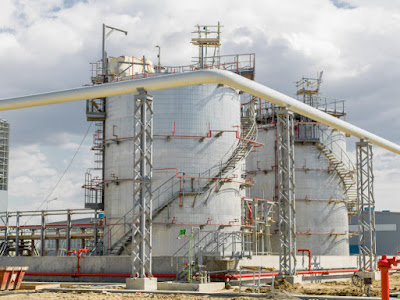In today's world of ever-increasing electricity bills, and a desperate need to conserve energy, it is no wonder that heating appliances, such as industrial and marine boilers, are becoming increasingly popular. These types of boilers use energy from the heat of the water, as well as mechanical and chemical processes within the boiler itself to produce hot water. Boilers can be used for a variety of different applications in industries, including oil drilling, shipbuilding, paper mills, chemical production, telecommunications, and so much more.

Boilers are often used for the sole purpose of Heat Exchangers, such as power plants and businesses. Industrial boilers are generally used to provide steam to run machinery, like that used in textile mills. In this case, a boiler would be used to generate the steam needed to spin the machinery.
In larger facilities, there may be both commercial and residential units. Some boilers are used in conjunction with desuperheaters. Desuperheaters are essentially heaters that are used to produce heat from seawater. There are many types of marine boilers, and they range from small units that are located on barges off the coast of Florida to the huge power plants found in places such as China and India.
Industrial boilers can also be installed inside different types of buildings. Typically, a boiler will provide the hot water that is required for various manufacturing processes. Some examples of common applications include heating floors in offices, hotels, and hospitals. There are also different types of boilers that are used to drive pumps and other machinery in both the residential and commercial sectors. Many of these are used to provide hot water for different types of automobiles.
A key benefit to purchasing an industrial or marine boiler is that they provide safe, reliable heating. They use heat exchangers instead of conventional open flames to provide heat to their users. They can also be cooled down or heated back up if the need arises. This ensures that there is no danger associated with working with any type of industrial heat or water pump, regardless of the environment.
In addition to this, many types of marine boilers can also be purchased as stand-alone boilers. These can be used to power some machines, including cranes and forklifts. They can also be powered by electricity or natural gas. There are many different types of boilers that are used in different industries, so it is important to know what you are looking for before making a purchase.
View More: Promec Engineering Pty Ltd
















